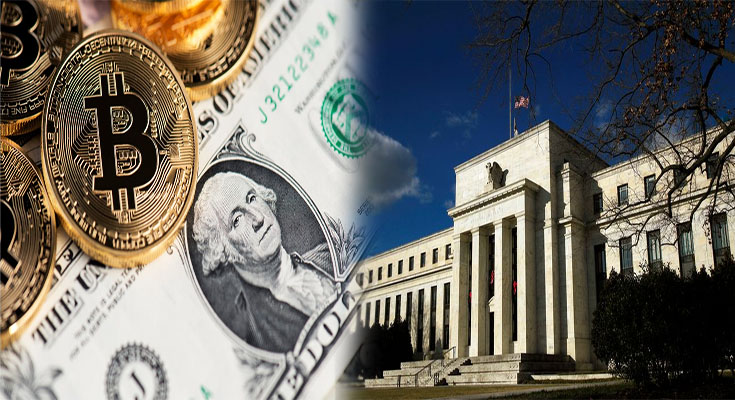
Economic Effects of Government Lending Programs During Crises
During times of economic crisis, governments often implement lending programs to support struggling individuals and businesses. These lending programs can take various forms, such as low-interest loans, loan guarantee programs, or direct financial assistance. In this article, we will discuss the economic effects of government lending programs during crises and examine their effectiveness in promoting recovery and stability.
Stimulating Economic Activity
One of the primary goals of government lending programs is to stimulate economic activity. By providing access to credit, governments aim to encourage individuals and businesses to make investments, expand operations, or pursue entrepreneurial initiatives. This can create job opportunities, increase consumer spending, and boost economic growth.
Supporting Vulnerable Populations
Government lending programs can also provide targeted support to vulnerable populations. During a crisis, certain groups, such as low-income households or small business owners, may face significant financial stress. Lending programs can offer these groups the resources they need …
Economic Effects of Government Lending Programs During Crises Read More
